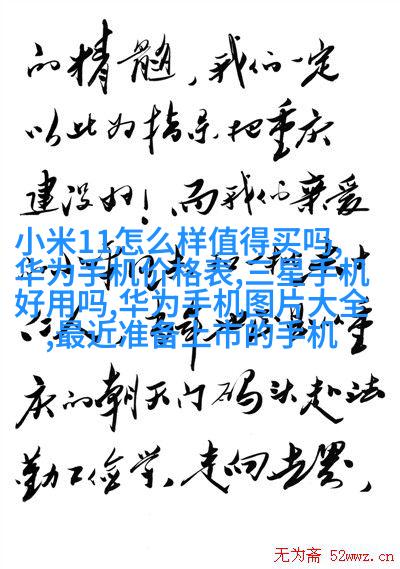家居生活中,厨房、卫生间等进出水量较大的场所都会有比较大的进排水竖管,这些管道裸露在外有时会影响美观,因此许多人都想把它隐藏起来。这就是厨卫管道隐藏好帮手——包立管。

Part1:隐藏厨卫管道 包立管施工需知
厨房、卫生间是家中用水量和排水量都比较大的地方,因此会用到一些比较大的管道,横向管道可以用吊顶和地面遮住,而竖向的管道则一般采用包立管的方式隐藏起来。

1、包立管介绍
包立pipe是一个家居装修用语,即在家居装修时,把厨房和卫生间的下water pipe和给water pipe的standpipe用装修材料packaging起来,起到隐藏pipe的作用。

2、包立pipe需要留检修口
按麻烦程度和不稳定程度来说,standpipe能不pack尽量不pack,能use可拆卸材料's pack法就尽量不use固定pack法,能use轻质材料pack就尽量不use厚重材料pack。尤其是在旧house改造装修中,因为pipe都是有寿命的,都是一些可能需要检修或更新的。封得太死,或检修口太小,都会给以后的装修带去麻烦。

3、包立pipe收费方式
然而,大部分的厨卫water pipe都是要pack 的,更特别是老house使用'copper water pipe’容易生锈影响外观,所以一般情况下会采用固定pack法与其他wall面统一协调来进行packing与decorating。Packaged costs of pipes can be calculated by area or individual pricing.

4、也需做防水处理
可以在kitchen and bathroom after applying waterproof coating, then package the standpipes. Also, it is recommended to apply waterproof coating after packaging the standpipes to avoid any future leakage issues that may affect neighboring properties. It is important to note that pipes with check valves should have a dedicated access point left open for future maintenance purposes.
Part2: Construction Methods - Bricklaying vs Wooden Studs
The construction methods for packaging pipes include four main techniques: bricklaying, wooden studs, light steel framing, and aluminum panels. We will first discuss the two most common methods: bricklaying and wooden studs.
Bricklaying
Bricklaying involves using masons to construct a frame around the pipes before tiling begins. The process starts by building a trench around the exposed portion of the pipeline using bricks or lightweight bricks (5 cm thick). Once this frame is built and allowed to dry slightly, it can be filled with cement mortar and finished with tiles. This method provides good sound insulation but occupies more space than other methods due to its thickness.
Wooden Studs + Cement Pressure Plate
Using wooden studs as frames is another simple method for constructing packages over pipelines in kitchens and bathrooms. First, install wooden studs vertically on either side of the exposed section of piping; then attach pressure plates made from cement on top of these supports; finally fill in gaps between them with cement mortar before placing tiles on top.
This method allows for easy installation but has some drawbacks such as moisture absorption causing warping or cracking when used outdoors which could lead problems like tile cracks during installation process also there might be an issue related directly linking it back towards your plumbing system without proper ventilation leading potential mold growth inside walls while trying out different approaches here one key factor was looking into what type materials were being used so I tried my best based off information provided within text itself though please do let me know if anything needs improvement!